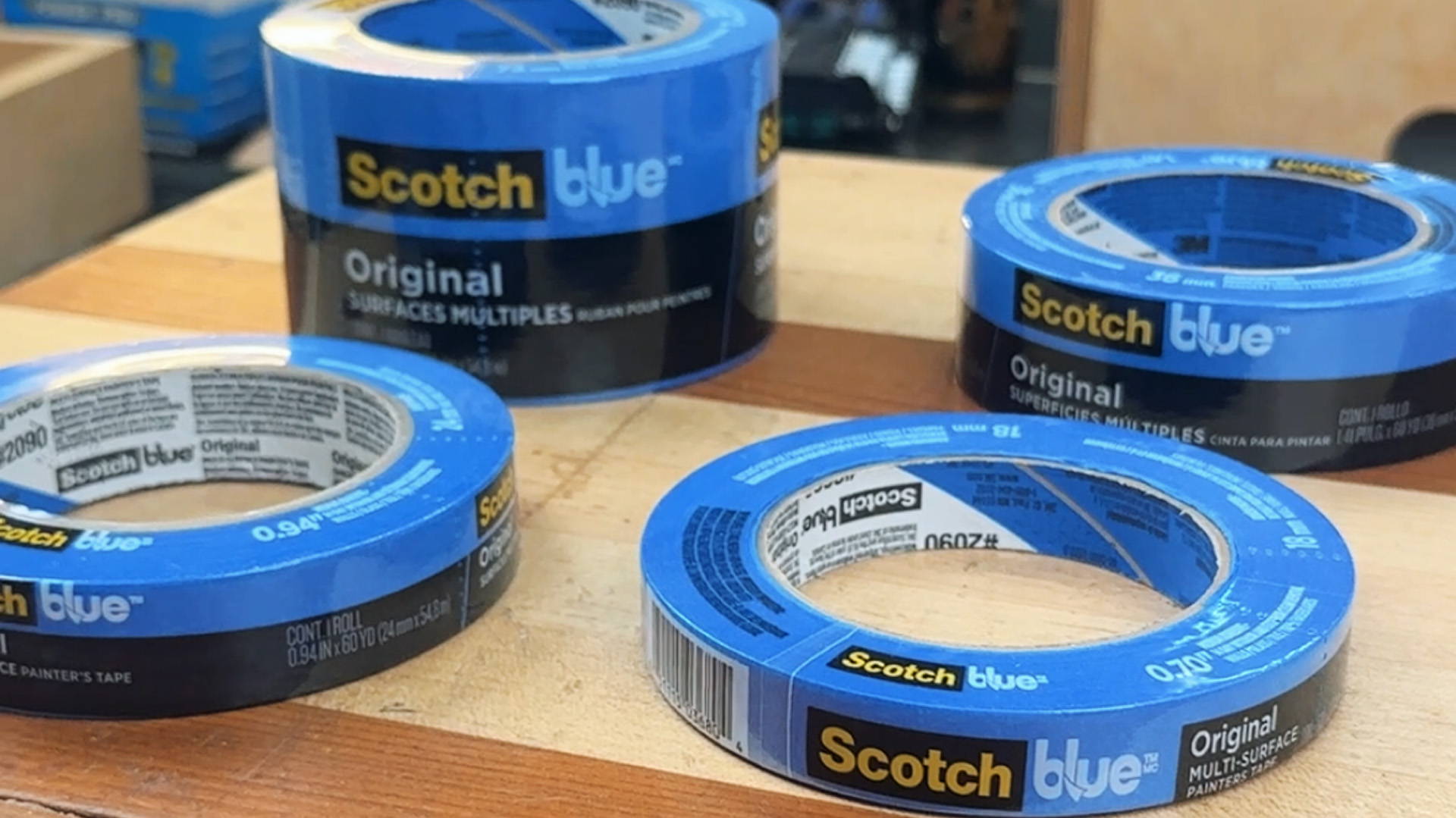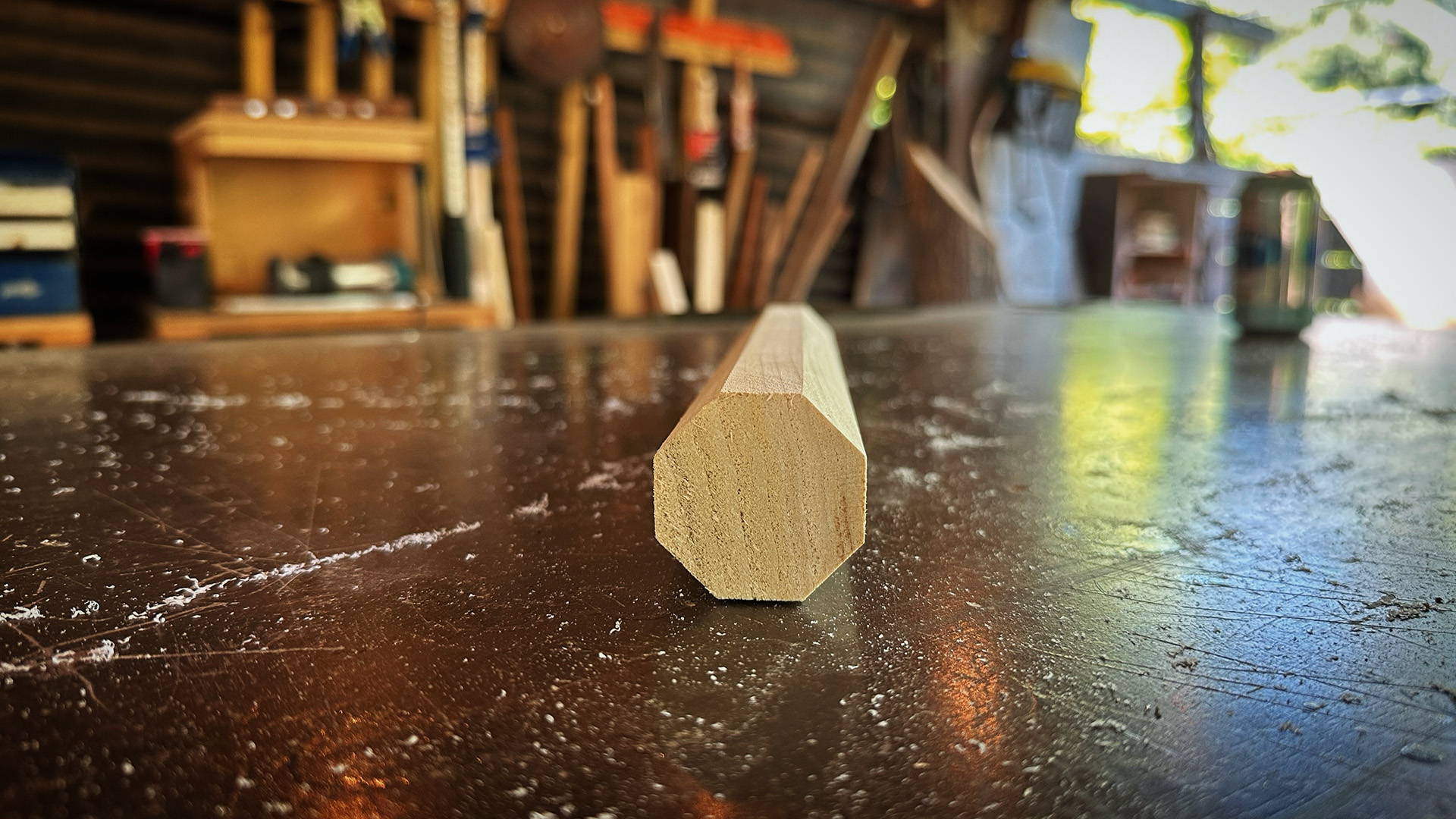You're in your shop ready to bring a new project to life. But when you think about the joinery involved, you're struck by images of painstaking hours on joints that still come out sloppy.
Luckily, there's a more efficient way. Enter the dado blade.
Dado blades (or dado stacks) are your secret weapon for cutting precise and clean joinery on a table saw — whether you're creating a stunning piece of furniture or a quick-and-dirty shop sled.
But what exactly can you use dado blades for, and for what types of joinery?
Today, I'm listing 5 joinery styles where dado blades add precision and efficiency — making previously complicated woodworking tasks a breeze.
Once you get the hang of dado blades, you'll wonder how you ever managed before.
Want the safest, easiest-to-use, and most affordable dado blade out there? Check out this CMT Locking Dado Blade Set.
HOW DADO BLADES WORK
Dado blades consist of three main components - the outer blades, chippers, and spacers (or shims).
The outer blades make the clean outer edges of the cuts. The chippers, sandwiched between the outer blades, remove the waste between. And the shims help fine-tune the width of the cut you're after.
The big advantage of dado blades is that they create a flat-bottomed cut and have adjustable widths.
This lets you make super accurate cuts fast — which has incredible applications for joinery.
Because of their adaptability, speed, and precision, dado blades are an invaluable tool for both beginner and seasoned woodworkers.
GROOVES AND DADOS WITH DADO BLADES
Dado blades really shine when it comes to cutting grooves and dados, which are basically channels cut into a board.
A groove runs with the grain of the wood, while a dado runs across it. This is a fundamental joinery style you'll often see used for fitting shelves into cabinets or bookcases, or to inlay t-track in shop sleds and jigs.
What's special about dado blades is that they give you a nice flat-bottomed cut, perfect for tight and accurate fits. On top of that, you can customize the width and depth of your cuts to fit your exact needs (without having to buy a bunch of different-sized router bits).
Because they're used on your table saw, dado blades allow you to use your fence, miter gauge, or crosscut sled to keep cuts square.
This makes them ideal for big panels or pieces of plywood too big for your router table — or too far from the edge for your router's edge guide.
No dado blade? Here’s a few other ways to cut rabbets, dados, and grooves.
RABBETS WITH DADO BLADES
The square, flat-bottomed cuts that a dado blade produces are perfect for rabbets — which are channels cut along the edge of a board.
Rabbets provide a reference for attaching other boards, ensuring the final product is sturdy, square, and has a neat and seamless look when put together.
They're typically used to house back panels on cabinets, box bottoms and lids, or for connecting drawer sides. I even like to use them in my dovetails (more on that here).
When cutting rabbets using a dado blade, you need to use a sacrificial fence.
This is a non-permanent fence, made from an inexpensive material like MDF or plywood, that is fixed onto your table saw's existing fence to protect it from damage. Here's how to make your own sacrificial fence.
The beauty of dado blades is that they let you cut rabbets of any size — from super thin to the max width of the stack. Just tweak the width of the dado stack and adjust the blade height, or even make a second pass for extra-wide rabbets.
LAP JOINTS WITH DADO BLADES
Dado blades are amazing for cutting lap joinery (like half-laps), where two pieces of wood are notched and overlapped.
Lap joints are often used in table bases, picture frames, window frames, and more to create a strong glue joint while keeping the surface looking smooth and seamless. I used them a lot in my Saw Stallion build.
They're also pretty simple, making them a perfect joinery style for beginner woodworkers.
With the adjustable width of dado stacks, you can easily cut the whole joint in just a few passes. Plus, the flat-bottomed cuts made by the dado blade give you a super smooth and flush face for the joint.
Just make sure to use a miter gauge or crosscut sled for these cuts. You never want to use your table saw fence to cut the shorter sides of a board.
BRIDLE JOINTS WITH DADO BLADES
Bridle joints are another area where dado blades show off their versatility and precision.
This type of joint involves a tenon on one piece fitting into an open-ended mortise on another. They're used in everything from building frames to crafting table and chair legs, and even in intricate designs like this Infinity Cube Table I built.
Dado blades let you perfectly cut both the tenon and the mortise for an accurate and snug fit — without having to make major changes to your setup.
To keep the workpiece steady while you make the cuts, use a bridle joint jig that slides along your table saw fence. Remember to make gradual passes for deeper cuts, ensuring safer and more precise results.
With a dado blade, even beginner woodworkers can confidently cut these joints, opening up a whole world of woodworking possibilities.
TENONS WITH DADO BLADES
There's no joinery style as quintessential as the mortise and tenon. And dado blades offer a speed and precision to tenon-cutting that's hard to match with other tools.
Compared to using a bandsaw or a handsaw, a dado blade delivers clean and precise cheeks easily. And once you figure out the setup, you can cut multiple tenons fast.
There are a couple of options for executing the cuts. You can use a crosscut sled or miter gauge to cut each cheek of the tenon with multiple passes, or use the bridle joint jig mentioned above to cut each cheek in a single pass.
DO IT WITH A DADO
Dado blades are a game-changer for woodworkers — offering precision and efficiency for all sorts of joinery styles.
With the right setup and a bit of practice, you'll be confidently crafting stunning woodworking joints faster than ever...
And have more time for planning your next project.
Baffled by blades? Here are the First 3 Table Saw Blades You Need.
What's your favorite way to use a dado blade? Let us know in the comments below!
Follow us on Instagram @katzmosestools, on TikTok @katzmoseswoodworking, and check out my YouTube channel for more great woodworking content...
And as always, STAY SAFE IN THE SHOP!











4 comments
Jonathan Katz-Moses
@Mr Ree Yes, these locking dado blade sets are approved for SawStop. Check out my Instagram, I have a reel showing a reel activation with a stick of string cheese (to switch things up from the classic glizzy).
@BobD Wobble dados can also be a good option, but beyond the scope of this blog. The dado set we feature above is nice because you can assemble it outside the saw then slide it onto the arbor. A lot less of a nuisance than most dado blade sets.
@Christian Bookter Thank you, and I’m so happy you’re enjoying the blade!
@Mr Ree Yes, these locking dado blade sets are approved for SawStop. Check out my Instagram, I have a reel showing a reel activation with a stick of string cheese (to switch things up from the classic glizzy).
@BobD Wobble dados can also be a good option, but beyond the scope of this blog. The dado set we feature above is nice because you can assemble it outside the saw then slide it onto the arbor. A lot less of a nuisance than most dado blade sets.
@Christian Bookter Thank you, and I’m so happy you’re enjoying the blade!
Mr. Ree
Are the blades approved by Saw Stop? Stated differently, will they trigger the ’stop" ?
Are the blades approved by Saw Stop? Stated differently, will they trigger the ’stop" ?
BobD
I have a wobble dado. The two blades can be set to an angle relative to each other. As the pair spin, they sweep across the cut. But my set produces a wavy bottom surface; it’s not flat. The waves are a little too deep for lap gluing.
Arranging the blades in a multi-blade set is a nuisance, but it will produce a better result.
I have a wobble dado. The two blades can be set to an angle relative to each other. As the pair spin, they sweep across the cut. But my set produces a wavy bottom surface; it’s not flat. The waves are a little too deep for lap gluing.
Arranging the blades in a multi-blade set is a nuisance, but it will produce a better result.
Anonymous
Good blog! I really like my locked dado set.
Good blog! I really like my locked dado set.